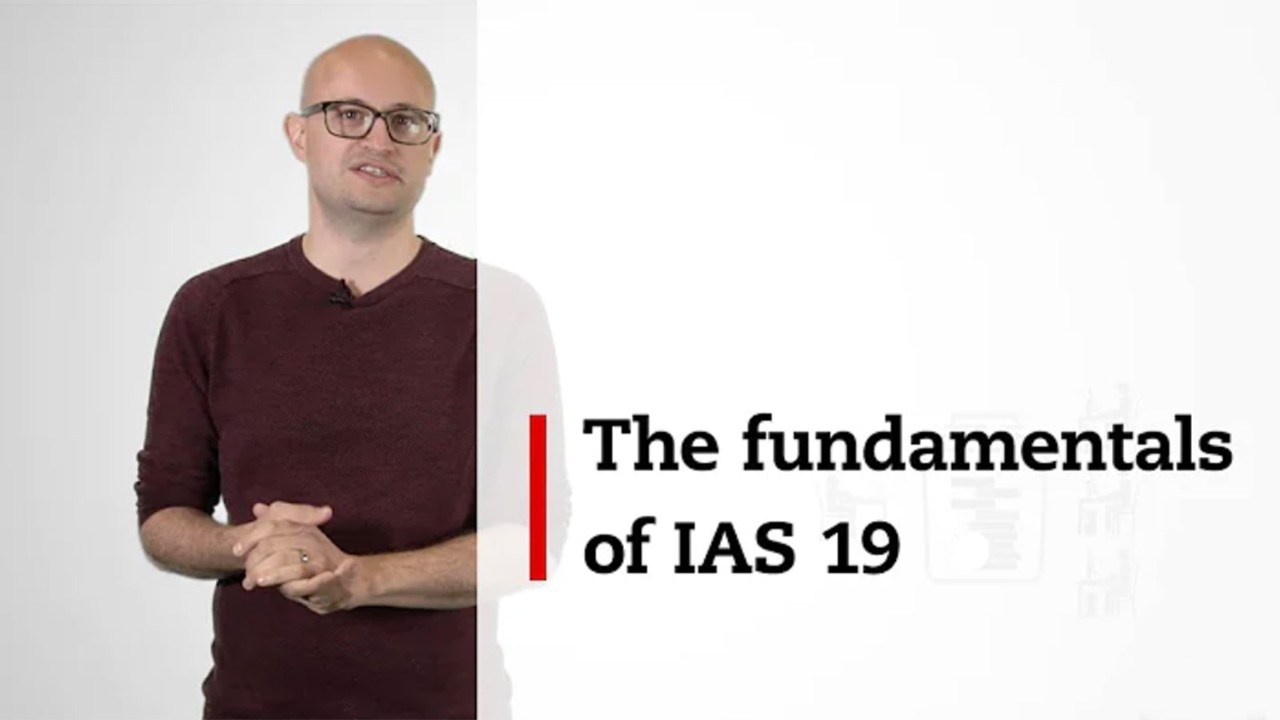There is a large and growing gap between the stock market value of businesses and the net book value shown by their financial statements. That gap must in large part be represented by intangibles, and by some estimates these may account for as much as 90% of the stock market values (compared with 20% or less in 1980).
Of course, it has never been accounting’s role to report the value of businesses, but the scale of this gap does raise the challenge of whether it is capturing the investment in the real drivers of value today.
Recognition of investment in intangibles as assets raises concerns that their future economic benefits are not as predictable or accessible compared to tangible assets, and so whether capitalisation is prudent.
On the other hand, capitalisation is important to distinguish investment costs that should benefit profits in future periods from current maintenance and costs of sales. It also allows investors to identify, by way of impairment write-downs, intangible investments that are not viable.
IAS 38, Intangible Assets, arguably comes down too much on the side of prudence, with for example the six conditions for the recognition of internally generated assets. There is greater recognition for purchased intangibles and even more for those acquired in a business combination. However, many intangible sources of value, such as the workforce or corporate culture, are never going to be able to be recognised as assets.
ACCA commissioned three reports to see whether some of the gap is represented by intangibles that could be recognised as assets in balance sheets under accounting standards, but for some reason are not. The reports covered research and development (R&D) costs, exploration costs for extractive companies and, most recently, software development costs. The samples looked at were large and covered a range of countries where IFRS Standards are adopted.
The investment in intangibles seems likely to be significantly understated in financial reports
Software development costs
Software development costs in the financial statements of all listed companies using IFRS Standards were looked at over the period 2015 to 2019.
About half of companies did not refer to software costs either as an expense or capitalised as an asset. Of the half that did, only 64% capitalised a software asset. There are strong and intriguing variations in these scores between countries.
Over 80% of companies in mainland China, Japan, Taiwan and South Korea referred to software development in their accounts, compared with less than 20% of companies in Mexico, Malaysia and Singapore, for example.
Across the whole sample, software development was more likely to be recognised as an asset by more dynamic companies – for instance, those that are more international, more acquisitive and more leveraged. Despite talk of digitalisation, over the five-year period software had not grown as a proportion of total assets.
There is less comparability than there should be between financial statements in respect of intangibles
Research and development
In a similar survey of R&D, we found an even less satisfactory position. IFRS Standards require internal spend on development costs to be capitalised when certain prudential conditions about technical and financial feasibility are met. Development costs are widely defined as those for new or improved products or processes. Yet 86% of companies include neither their R&D expense nor an asset – so seemingly make no material investment in developing new products.
Of the minority that do, two-thirds write the development costs off as incurred and so only perhaps 5% of companies recognise an asset.
As with software, the more dynamic companies tend to capitalise more, and larger companies rather less. Intuitively, it seems likely that the financial statements must be significantly understating the investment in new products and processes – firstly by not reporting any R&D spend and then treating most development costs as probably being abortive. Management may be using the prudential conditions of IAS 38 to write off the costs as a matter of policy choice.
Extractive industries
The spend by extractive companies on the exploration and evaluation of new mineral or hydrocarbon resources shows a very contrasting picture. Most companies (80%) capitalise some of these costs as an intangible asset.
The extent to which they do depends on the accounting policy they choose, ranging from full cost (capitalise all costs) to capitalising the costs of successful efforts. National authorities restrict that choice in some cases.
Having recognised the asset, if the prospect turns out not to be viable, the asset is reduced by an impairment charge; these are quite frequent and can be large. The basic model of 'capitalise the investment cost and write off when needed' seems to be working in the extractive sector.
Significant understating
What overall conclusions can be drawn from these studies? Firstly, the investment in intangibles seems likely to be significantly understated by financial reporting. The great majority of companies report no expenditure on developing their products or processes, with half not doing so for software.
IAS 38’s restrictions encourage the write-off of most identified intangible spend, leaving the successful and abortive developments treated in the same way. In contrast, extractive companies’ spend on exploration and evaluation is well reported, with widespread capitalisation.
Secondly, there is less comparability than there should be between financial statements in respect of intangibles. The restrictions in IAS 38 mean that businesses growing organically by in-house development will have different results from a business building through acquisitions.
Even on internal costs, the restrictions may allow the treatment as an asset or expense to be decided as a management policy choice. In the extractive sector, although capitalisation is much more common, its extent is a matter of policy choice to apply immediate write-off, successful efforts or full-cost approaches.
The findings have implications for IASB, supporting further the case for a revision of IAS 38 but also the standard for extractives (IFRS 6) to try to remedy some of these problems.
There are also matters for users in the lack of comparability. IFRS Standards may be global, but this case shows, like others, that their implementation is not uniform across the world. For example, companies in some countries are much more likely to capitalise and refer to software development than others.
Further information
See also ACCA's report Climate change risk-related disclosures in extractive companies




